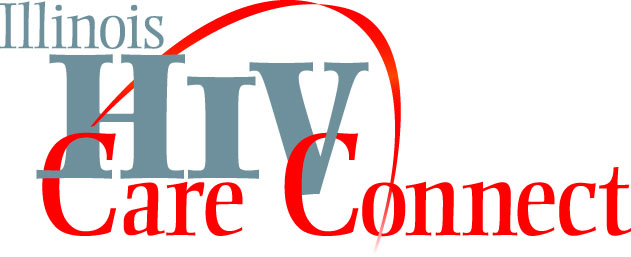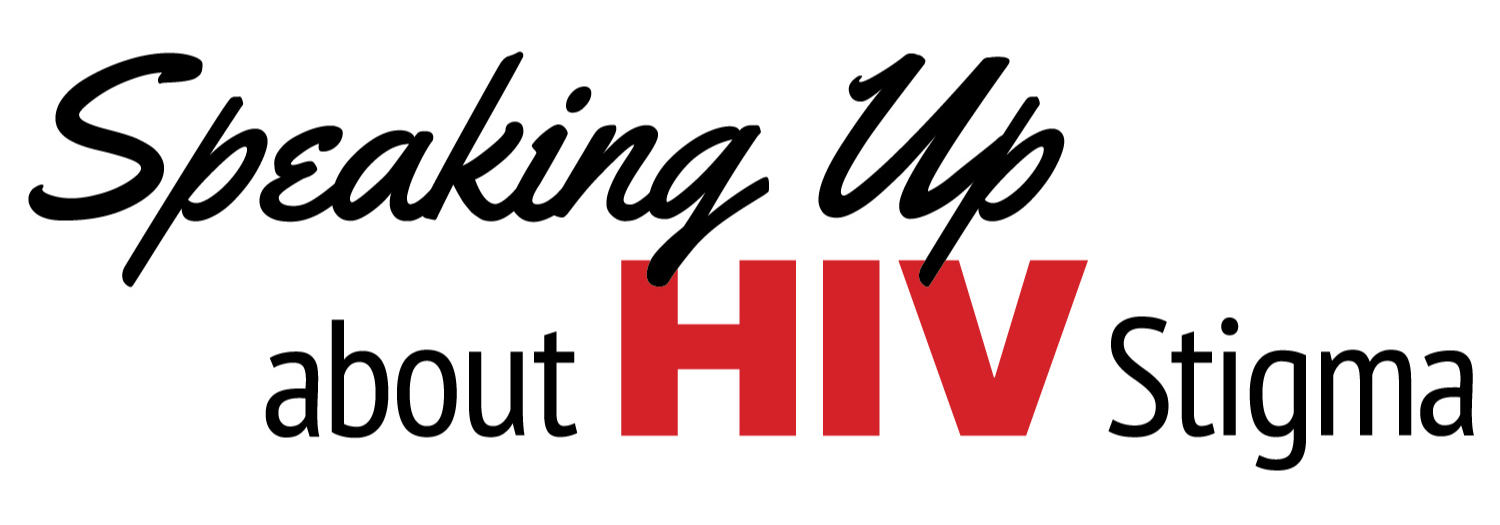Preventing the transmission of HIV among youth can be challenging, due to the following reasons:
Inadequate Sex Education. In most states, fewer than half of high schools teach all 19 sexual health topics recommended by the CDC. In addition, sex education is not starting early enough: in no state did more than half of middle schools teach all 19 sexual health topics recommended by the CDC. Finally, sex education has been declining over time. The percentage of U.S. schools in which students are required to receive instruction on HIV prevention decreased from 64 percent in 2000 to 41 percent in 2014, according to the School Health Policies and Practices Study.
Health-related behaviors. Data from the Youth Risk Behavior Surveillance System (YRBS), which monitors health behaviors that contribute to the leading causes of death and disability among youth, show these findings:
- Low rates of HIV testing. Only 9 percent of high school students have been tested for HIV. Among male students who have had sexual contact with other males, only 15 percent have been tested for HIV. Low rates of testing mean more young people have undiagnosed HIV. Young people who do not know they have HIV cannot take advantage of HIV care and treatment and may unknowingly pass HIV to others.
- Substance use. Nationwide, 19 percent of all students who are currently sexually active (had sexual intercourse during the previous three months) and 20 percent of male students who had sexual contact with other males drank alcohol or used drugs before their most recent sexual intercourse. Young people may engage in high-risk behaviors, such as sex without a condom, when under the influence of drugs or alcohol.
- Low rates of condom use. Nationwide, 46 percent of all sexually active high school students and 48 percent of male students who had sexual contact with other males did not use a condom the last time they had sexual intercourse.
- Number of partners. Nearly one-quarter of male students who had sexual contact with other males reported sexual intercourse with four or more persons during their life, compared to 10 percent of all students. The more sexual partners you have, the more likely you are to have sex with someone who has HIV and doesn’t know it.
Sex with older partners. Research also shows that young gay and bisexual men who have sex with older partners are at a greater risk for HIV. This greater risk occurs because an older partner is more likely to have had more sexual partners or other risks and is more likely to have HIV, according to the CDC.
Low rates of pre-exposure prophylaxis (PrEP) use. A study found that young people are less likely than adults to use medicine to prevent HIV. Barriers include cost, access, perceived stigma, and privacy concerns. PrEP is a daily medicine that can be used to prevent HIV from a sex- or needle-sharing partner.
High rates of STDs. Some of the highest STD rates are among youth aged 20 to 24, especially youth of color. The presence of another STD greatly increases the likelihood that a person exposed to HIV will get HIV.
Stigma and misperceptions about HIV. In a Kaiser Family Foundation survey, 51 percent of young adults aged 18 to 30 said they would be uncomfortable having a roommate with HIV, and 58 percent said they would be uncomfortable having their food prepared by someone with HIV. More than half of young people incorrectly believe that HIV can be transmitted by spitting or kissing. Stigma and misperceptions about HIV negatively affect the health and well-being of young people, and may prevent them from testing, disclosing their HIV status, and seeking HIV care.
Feelings of isolation. High school students may engage in risky sexual behaviors and substance abuse because they feel isolated from family or peers and lack support. This is especially true for gay and bisexual students who are more likely than heterosexual youth to experience bullying and other forms of violence, which also can lead to mental distress and engagement in risk behaviors that are associated with getting HIV. YRBS data show that 33 percent of gay, lesbian, or bisexual students reported being bullied on school property in the previous 12 months, compared to 19 percent of all students.











